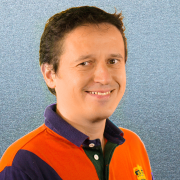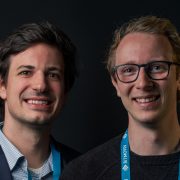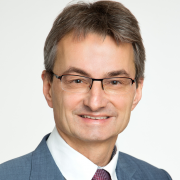Authors: Alireza Erfanian (Alpen-Adria-Universität Klagenfurt), Farzad Tashtarian (Alpen-Adria-Universität Klagenfurt), Anatoliy Zabrovskiy (Alpen-Adria-Universität Klagenfurt), Christian Timmerer (Alpen-Adria-Universität Klagenfurt, Bitmovin), Hermann Hellwagner (Alpen-Adria-Universität Klagenfurt)
Abstract: Live video streaming traffic and related applications have experienced significant growth in recent years. However, this has been accompanied by some challenging issues, especially in terms of resource utilization. Although IP multicasting can be recognized as an efficient mechanism to cope with these challenges, it suffers from many problems. Applying software-defined networking (SDN) and network function virtualization (NFV) technologies enable researchers to cope with IP multicasting issues in novel ways. In this paper, by leveraging the SDN concept, we introduce OSCAR (Optimizing reSourCe utilizAtion in live video stReaming) as a new cost-aware video streaming approach to provide advanced video coding (AVC)-based live streaming services in the network. In this paper, we use two types of virtualized network functions (VNFs): virtual reverse proxy (VRP) and virtual transcoder function (VTF). At the edge of the network, VRPs are responsible for collecting clients’ requests and sending them to an SDN controller. Then, by executing a mixed-integer linear program (MILP), the SDN controller determines a group of optimal multicast trees for streaming the requested videos from an appropriate origin server to the VRPs. Moreover, to elevate the efficiency of resource allocation and meet the given end-to-end latency threshold, OSCAR delivers only the highest requested quality from the origin server to an optimal group of VTFs over a multicast tree. The selected VTFs then transcode the received video segments and transmit them to the requesting VRPs in a multicast fashion. To mitigate the time complexity of the proposed MILP model, we present a simple and efficient heuristic algorithm that determines a near-optimal solution in polynomial time. Using the MiniNet emulator, we evaluate the performance of OSCAR in various scenarios. The results show that OSCAR surpasses other SVC- and AVC-based multicast and unicast approaches in terms of cost and resource utilization.
Link: IEEE Transactions on Network and Service Management (TNSM)
Keywords: Dynamic Adaptive Streaming over HTTP (DASH), Live Video Streaming, Software Defined Networking (SDN), Video Transcoding, Network Function Virtualization (NFV).



 We are happy and proud to see Bitmovin among the
We are happy and proud to see Bitmovin among the 



